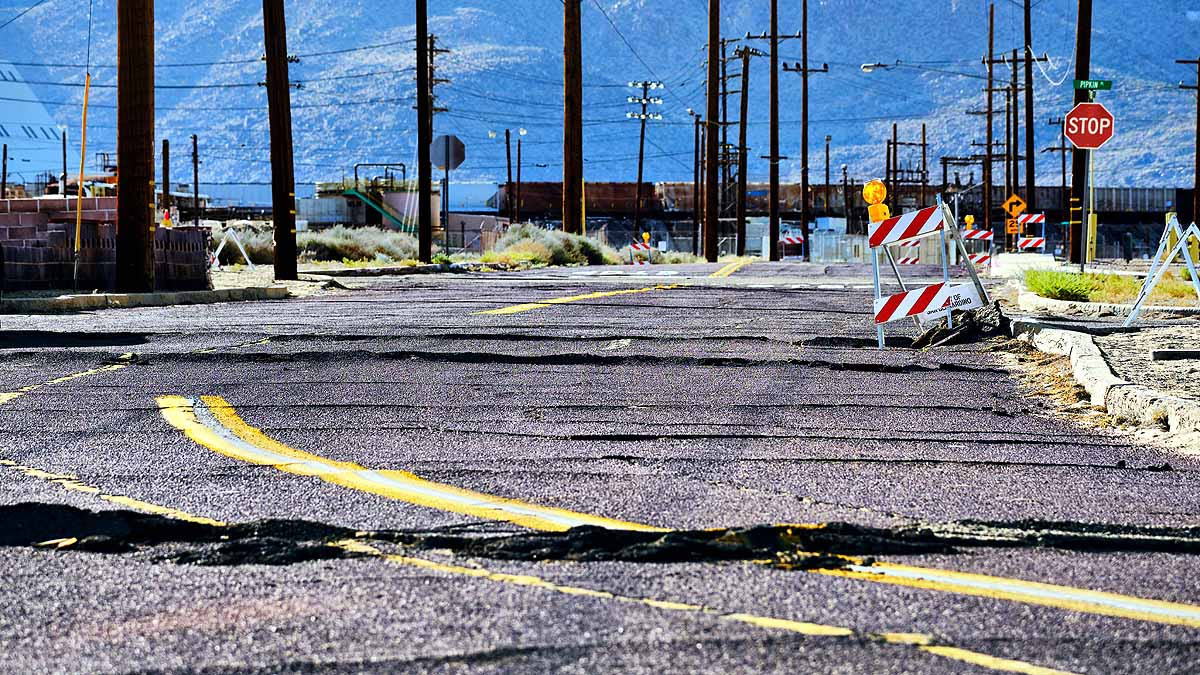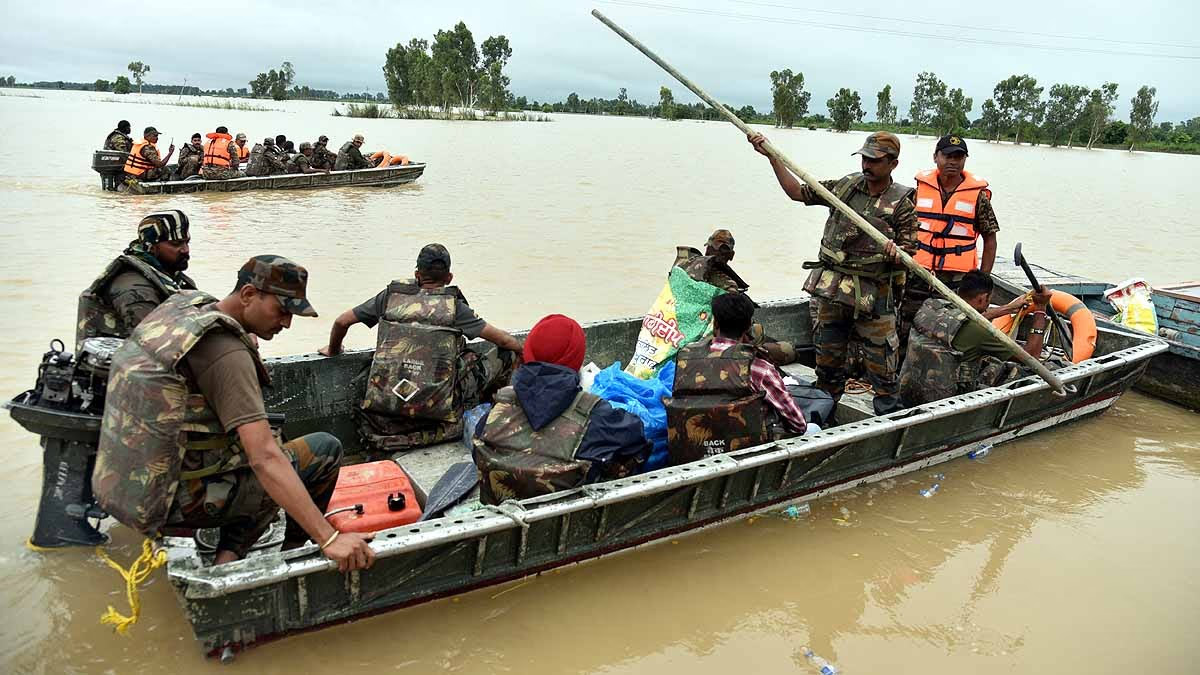Earthquakes are a natural disaster that is difficult to predict. They can trigger fires, landslides, and tsunamis. But can climate change or increasing temperatures lead to more earthquakes? The most dangerous quakes occur due to tectonic plates shifting.
These plates form the Earth's crust and the layer beneath – the mantle. Heat emanating from the Earth's core moves these plates, even as little as half an inch a year. They clash, rise, sink, and slide, releasing pressure that manifests as earthquakes.

Source: aajtak
The challenge lies in predicting when an earthquake will strike, making it impossible to prepare in advance. According to John Cassidy, a seismologist from the Geological Survey of Canada and the University of Victoria, climate change and rising temperatures could indeed increase the frequency and intensity of earthquakes.
Glaciers Melt and Ocean Levels Rise, Piling Pressure on the Earth...
As the temperature escalates, glaciers melt, pouring water into the oceans and increasing sea levels. This adds pressure to the Earth's surface, which, when released, can cause earthquakes. This pressure can also shift tectonic plates or trigger their release.
German geophysicist Marco Bohnhoff suggests that as ocean levels rise, pressure on sea basins increases, impacting fault lines. The greater the pressure buildup, the higher the risk of earthquakes.
Identifying Earthquakes Spawned by Pressure is Tricky
Marco explains that the seismic cycle for these pressure-induced quakes is slow. They withstand pressure for extended periods before bursting forth suddenly. Regions like San Francisco and Los Angeles face the risk of such earthquakes, though timing remains uncertain. Experts suggest they may strike within decades.
With current greenhouse gas emissions, no one can halt the rising sea levels for at least a thousand years. The frequency and severity of coastal earthquakes will increase, occurring rapidly over time, possibly affecting the San Andreas Fault over the next millennium.




